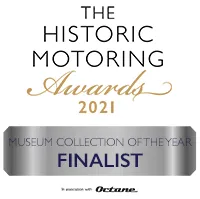What Are Our Hero Cars?
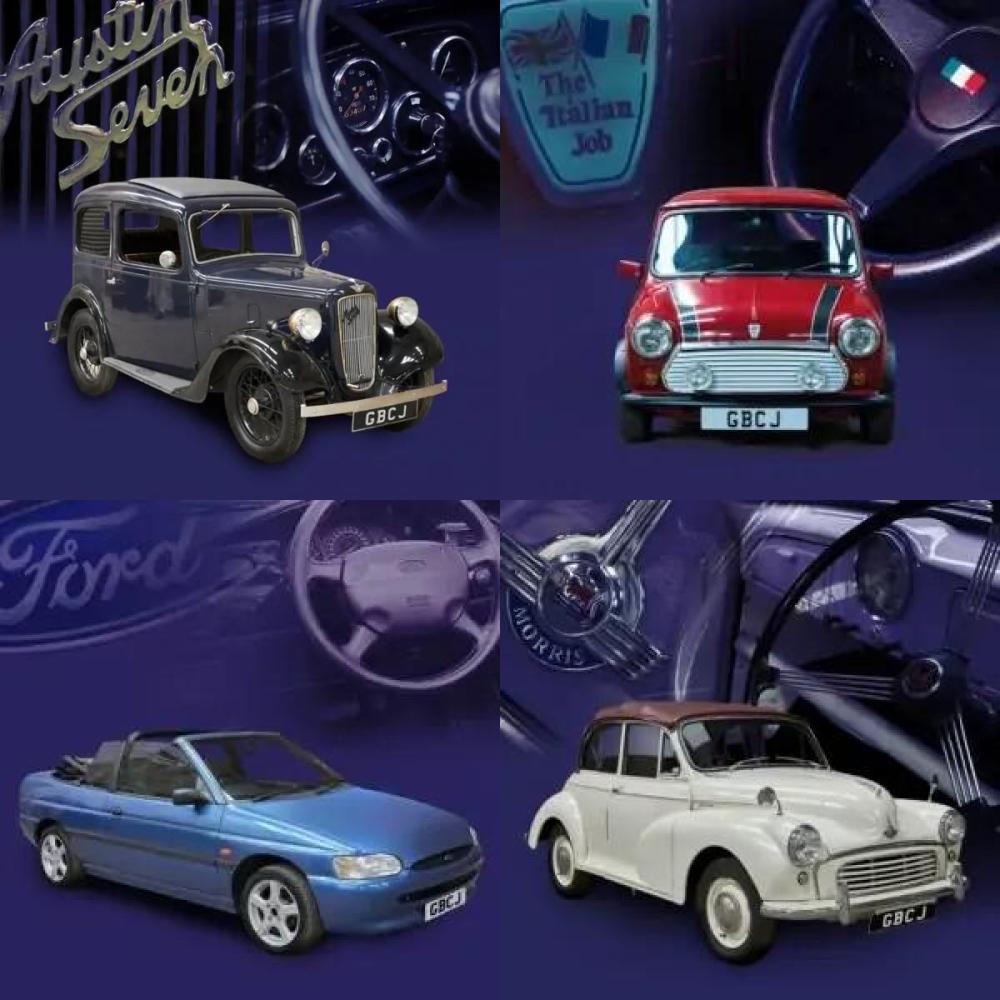
We have produced so many great cars in the UK that are on display at the Great British Car Journey but we often get asked what are the top cars and why? we call these are hero cars and detail them below. You will be able to see and drive these Great British Car Hero’s when you visit our attraction
Mini
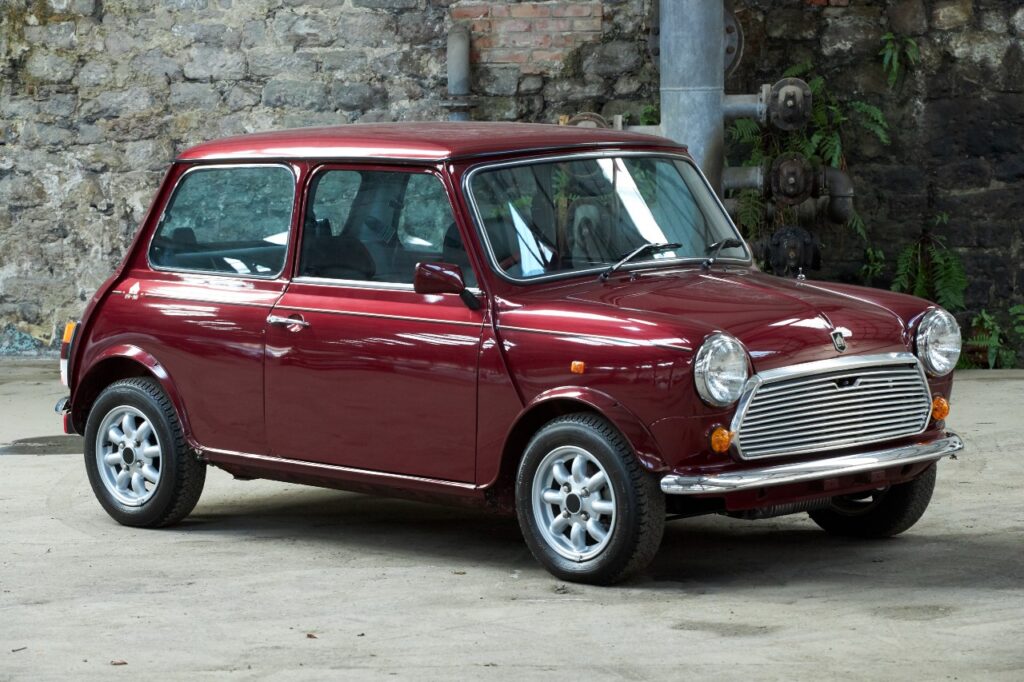
Perhaps the greatest of them all : The Mini 1959-2000
Like the Morris Minor the Mini was designed by Alec Issigonis and becane the most popular car ever produced in the UK. Some 5.4 Million Minis were made between 1959 and 2000
The Mini is a masterpiece: despite being only ten feet long, it will accommodate four adults and a reasonable amount of luggage and transport them at a very reasonable pace.
75% of the Mini’s footprint is devoted to passengers and luggage with the engine, gearbox and all the mechanical bits only taking up 25%. Everything about the mechanical package is clever and innovative and the result is a tiny car that delivers on every front.
The Mini also performed David-like on the Monte Carlo Rally and on race tracks around the world slaying the Goliaths from Ford and almost everyone else.
Supposedly replaced by the Metro in 1980 , the Mini refused to die and long after the Metro had been killed off the last Mini was driven off the line in Birmingham by Lulu on October 4th 2000.
Austin Seven
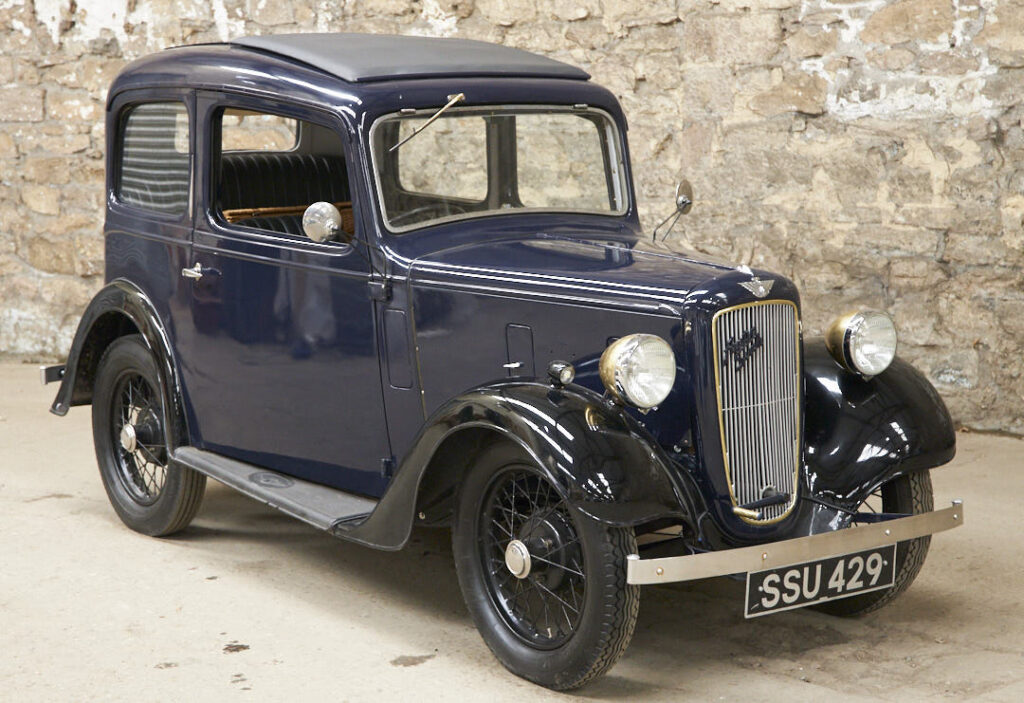
The Austin Seven was produced between 1922-1939 and pioneered car ownership for the common man and his family. Hitherto condemned to a motorbike possibly tethered to a side-car, Austin’s little car offered the tantalising prospect of being able to take the family for days out and even holidays at the coast : it offered freedom to explore a world away from cramped and dirty towns and cities by taking to Britain’s network of winding country roads.
By the mid 1930s despite the economic traumas earlier in the decade, a second-hand Austin 7 could be had for similar money to a motor bike combination and Britain’s Motorcycle industry would never be the same again.
By the outbreak of war in 1939, more than 300,000 Sevens had been built and as Morris and Ford joined the small car party, the hard-working couple could give their family a freedom of mobility that transformed the way we live.The Seven’s little engine produced less than 20 horsepower and fully laden it would struggle to reach 40mph,
The Seven was alsoproduced under license in France, Germany, the USA and Japan
Escort
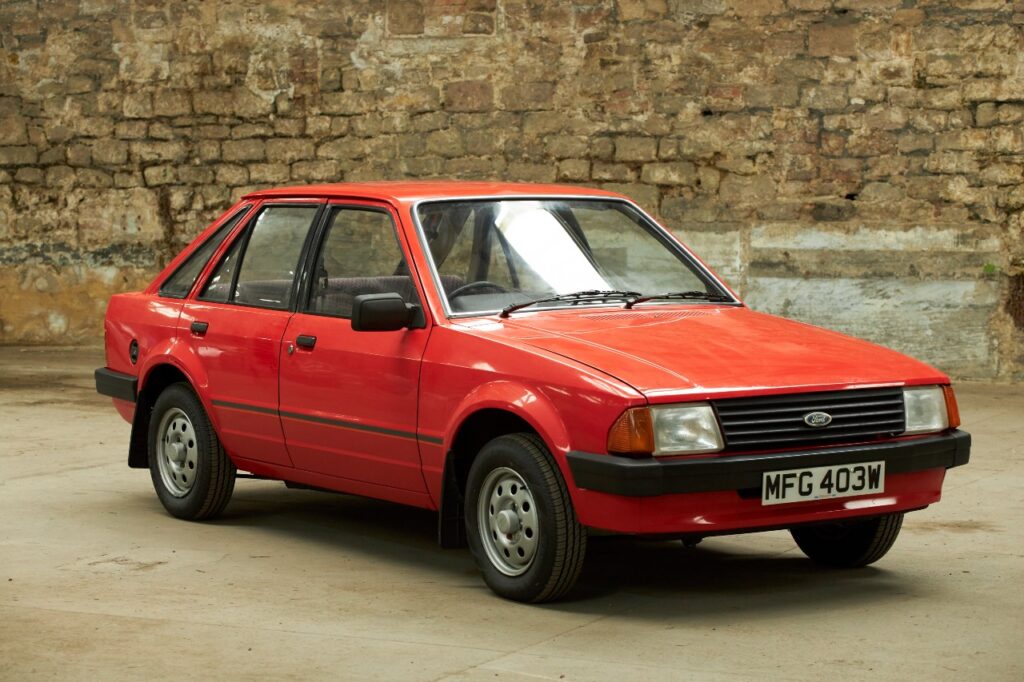
The launch of the Ford Escort in 1968 was a seminal moment in British motoring history: For the next half century Escorts would be everywhere : on every street of every city ,town and village there would be an Escort…and then they started to disappear until now in 2024, you might go a week or even a month without even seeing one.
Unlike some of our other heroes, the Escort was able to completely reinvent itself over the years so that the last cars bore no resemblance at all to the Mk1 s of the 60s and 70s. The Escort of 2000 was a marketing creation and could be given a new name at any time whereas the Austin Seven, Morris Minor and the Mini were fundamentally the same cars for all the years that they were produced.
Morris Minor
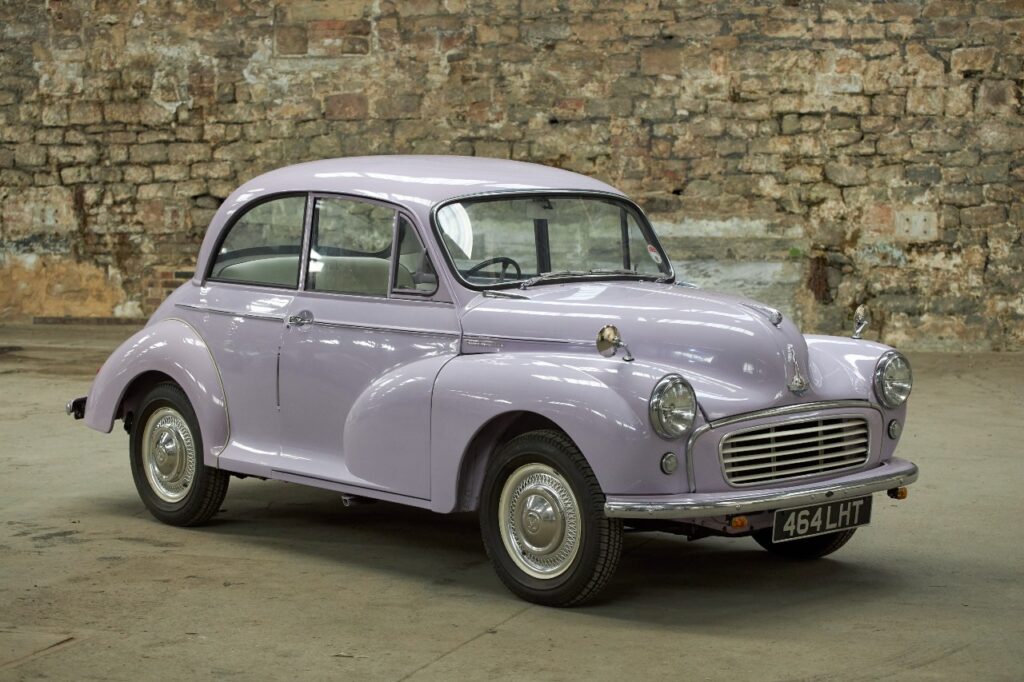
After the Second World War, car production was slow to restart anywhere in the world and many manufacturers just dusted off their pre-war models in the hope that they would do.
Herbert Austin was dead but his great rival William Morris was still at the helm of his company and employing a young expatriate by the name of Alec Issigonis. Issigonis was to design the next great family car to occupy suburban drives all over the UK : the Morris Minor. Launched at the 1948 London Motor Show, the Minor was a quantum leap forward from the Austin Seven
Morris himself didn’t like the Minor and continued to drive a pre-war model but the public loved it and in 1960 the millionth Minor rolled off the production line at Crowley being the first British car to reach this considerable milestone.
Rolls Royce







